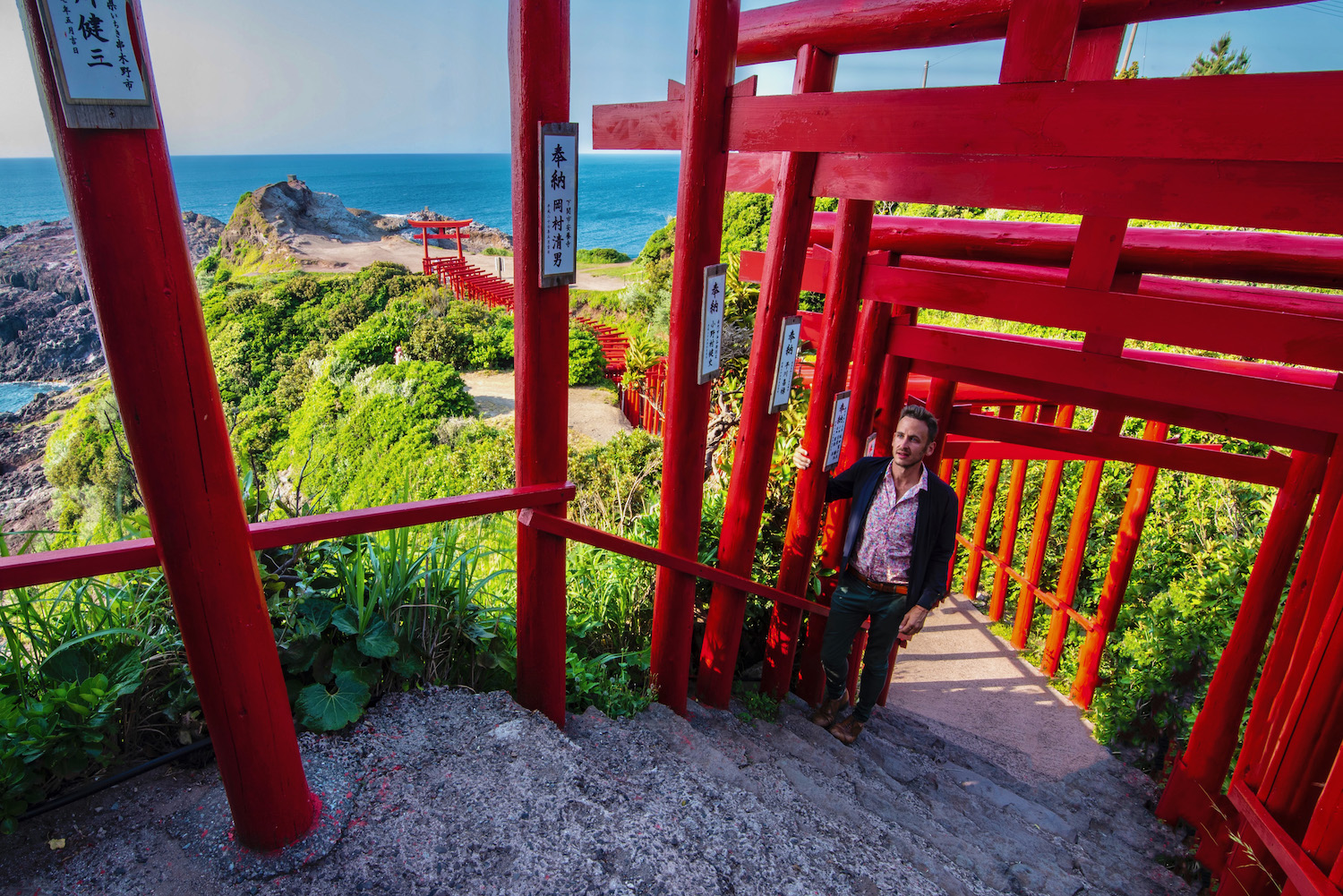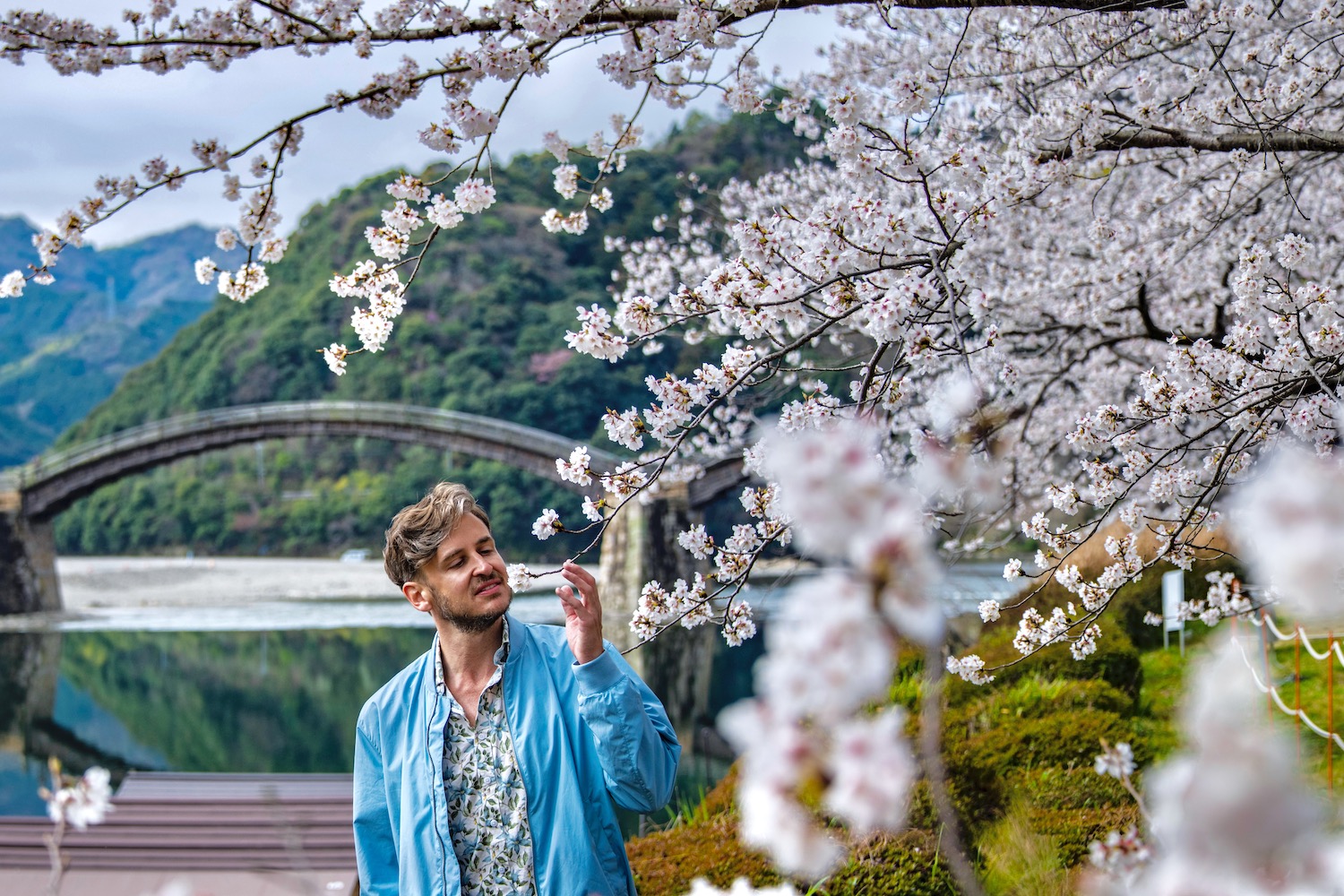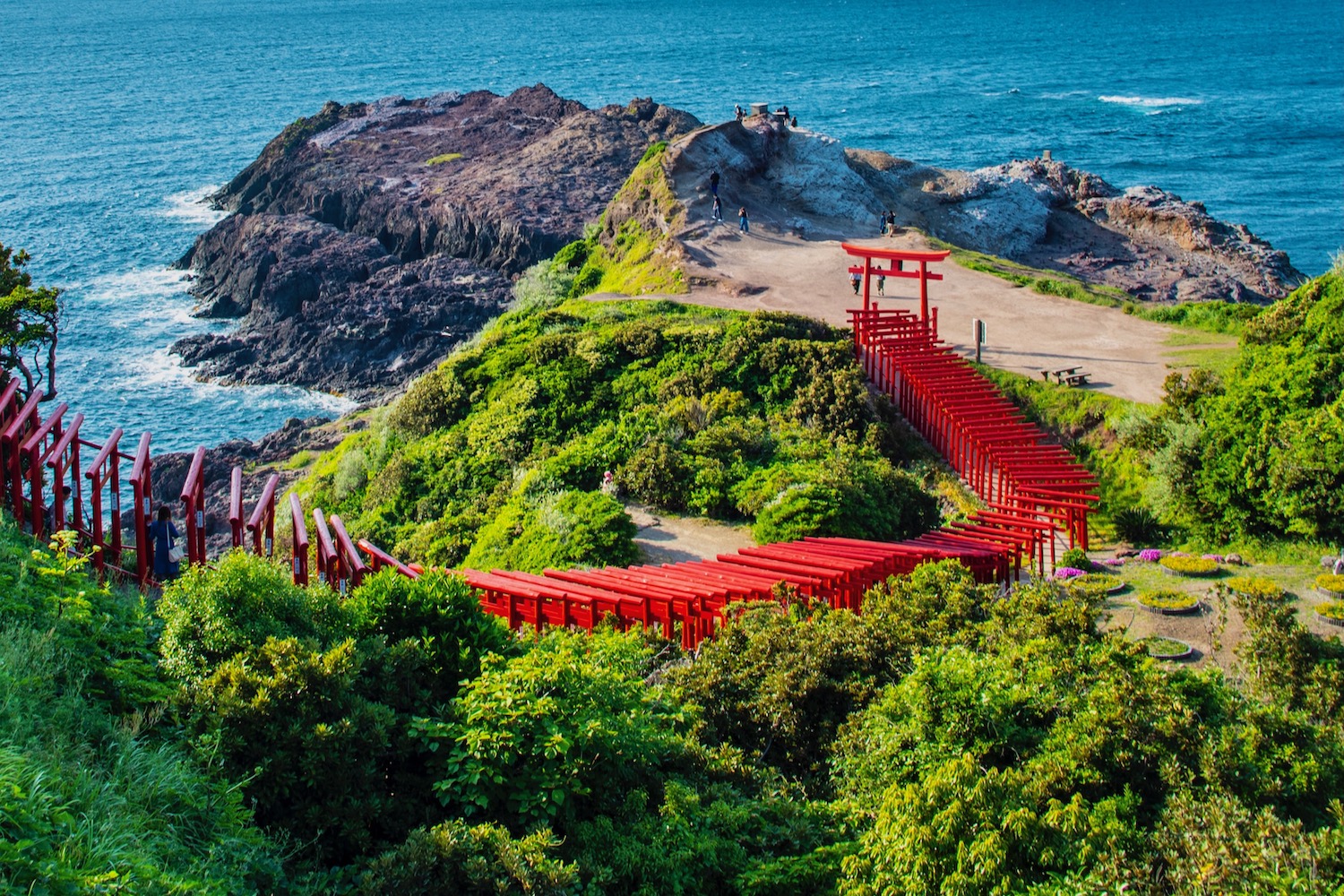There are few parts of Japan less-often visited than Yamaguchi, the westernmost prefecture of Honshu island. In some ways—logistical one—this is understandable: The Shinkansen barely runs through here; Yamaguchi is between Fukuoka and Hiroshima, two places that are by contrast very high up on most travelers’ lists.
In another way, of course, Yamaguchi’s lack of favor among most visitors to Japan is regrettable. As you’ll see reading the next few paragraphs, Japan’s “wild west” is a treasure trove of unique cuisine, culture, scenery and cityscapes.
If you’re already planning a trip there, my Yamaguchi travel guide should make it much easier for you to finalize your plans. If you’re simply seeking inspiration…well, I offer that in spades as well.
Why So Many Travelers Skip Yamaguchi
There are two basic ways to get from Tokyo to Yamaguchi, neither of which are especially fast. If you don’t take one of the infrequent flights from Haneda to Yamaguchi-Ube Airport, you need to ride a Shinkansen. Well, two Shinkansen trains: Since the super-fast Nozomi doesn’t stop anywhere in Yamaguchi prefecture, you’ll need to transfer in Hiroshima to the slower Sakura or Kodama trains.
There’s also the matter of getting around in Yamaguchi, which outside of major cities like Shimonoseki and Yamaguchi usually requires renting a car, or knowing enough Japanese to be able to navigate cumbersome local bus networks. While I’ll admit that this is exactly as fun as it sounds, I’ll also let you in on a secret: Yamaguchi is completely worth the stress you sometimes incur when you explore it.
The Best Things to Do in Yamaguchi
Start with sushi in Shimonoseki

I was scarred by the famous Simpsons episode—this one—in the 90s, which means that I’ve had a lifelong fear of fugu. The good news? This infamous pufferfish is only one of the options on offer at Shimonoseki city’s Karato Market, in spite of how conspicuous shops selling it are there. A visit here is the perfect way to start any day in Yamaguchi.

TIP: If you end up renting you car in Shimonoseki (I think this is probably a good idea), I recommend visiting nearby Tsunoshima Bridge (and island) at some point during your day.
Explore the depths of Akiyoshido Cave

I’m not a big cave person, as such—I saw “The Descent” when I was in college, which was quite enough underground action for me. What I love about Yamaguchi’s Akiyoshido, to be sure, is that it’s so…inviting. The walkways are well-maintained (and well-lit) enough that you don’t need any kind of gear to enter; it feels more like a living museum than like a cavern where you could remain trapped for all of eternity. Plus, it’s on the way from Shimonoseki (assuming you’re on a road trip, as you should be) to the next destination I’m recommending.
Go back to the Samurai era in Hagi

When it comes to small towns in Japan, Hagi is probably one of my favorites in the entire country. I actually visited briefly in 2019, but it wasn’t until I returned many years later (during sakura season, as it so happened) that I fell deeply in love with it. Whether you wander aimlessly around Hagi Castle Town, or scale the viewpoint of Mt. Shizuki behind the Hagi Castle Ruins, a visit to Hagi is like a trip back in time.
(Or up to heaven at Kintai Bridge)

As was the case in Hagi, my latest visit to Kintai Bridge in Iwakuni city was not my first. However, some combination of cherry blossoms and the wisdom of having recently turned 40 took the experience to another level. This was true in spite of the fact that, as the result of an unexpected delay while driving, I was unable to ascend the Iwakuni Castle Ropeway—I arrived literally as the ticket office was closing.
Say a prayer at Motonosumi Inari Shrine

Sometimes known as “Fushimi Inari by the Ocean,” Motonosumi Inari Shrine is one of Japan’s most enchanting destinations. Built in 1955 to honor a local fox spirit, it features 123 red gates, which undulate in a dragon-like arrangement over bluffs leading down to the Sea of Japan. For my money, this is the most impressive place you can visit during your time in Yamaguchi prefecture.
Where to Base Yourself in Yamaguchi
In most cases, it makes sense for travelers to stay in one of Yamaguchi’s larger cities. I mean, assuming you don’t visit your destination of choice as a day trip from Hiroshima, Fukuoka or even Matsue, which is a totally realistic option in certain cases. Near Shin-Yamaguchi Station, the simple (but not-quite-spartan) Comfort Hotel will get the job done, while I usually advise travelers to Shimoseki to choose the Dormy Inn.
The other option, of course, is to choose a property in a more rural part of the prefecture, which is realistically only on the table if you rent a car. Hagi-no-yado Tomoe is near the Hagi Samurai district. Alternatively, you could choose Trip Base Coconeel, though I wouldn’t recommend staying here the night before you travel back from Yamaguchi to Tokyo.

Other FAQ About Visiting Japan’s Yamaguchi Prefecture
How many days in Yamaguchi?
Yamaguchi prefecture is larger than it looks on the map. And since local trains and buses are slow-going (to say nothing of local speed limits), it takes longer to cover ground here than it might in more populous areas of Japan. Depending on how many places on my Yamaguchi itinerary you end up visiting, I’d suggest spending between 2-5 days in Yamaguchi.
What is Yamaguchi famous for?
Yamaguchi is known first and foremost for being the origin of fugu, the Japanese pufferfish that’s lethal if prepare improperly (which it almost never is in Yamaguchi—it’s just delicious). Beyond this, travelers love to visit Yamaguchi for Motonosumi Inari Shrine, which is sometimes known as “Fushimi Inari by the Sea” and for the centuries-old Kintai Bridge.
Is Yamaguchi worth visiting?
Yamaguchi is absolutely worth visiting, particularly if you’ve already visited Japan several times and are eager to get off the beaten path. Not that you need to be a Japan expert to appreciate it: I took a day trip from Hiroshima to Kintai Bridge on my very first trip to Japan a decade ago!
The Bottom Line
I hope you’ve found my Yamaguchi travel guide valuable, whether you were planning a trip to the prefecture and needed clarity, or even if the thought of coming here had never previously crossed your mind. From the fugu shops of Shimonoseki city to the vermillion gates of Motonosumi Inari Shrine, and from the crystalline waters of Akiyoshido Cave to the centuries-old wooden ties of Kintai Bridge, Yamaguchi will impress you, even if you’re literally expecting nothing at this point. Make sure your next trip to Japan knocks your socks off, no matter where you’re headed—consider hiring me to plan it.






